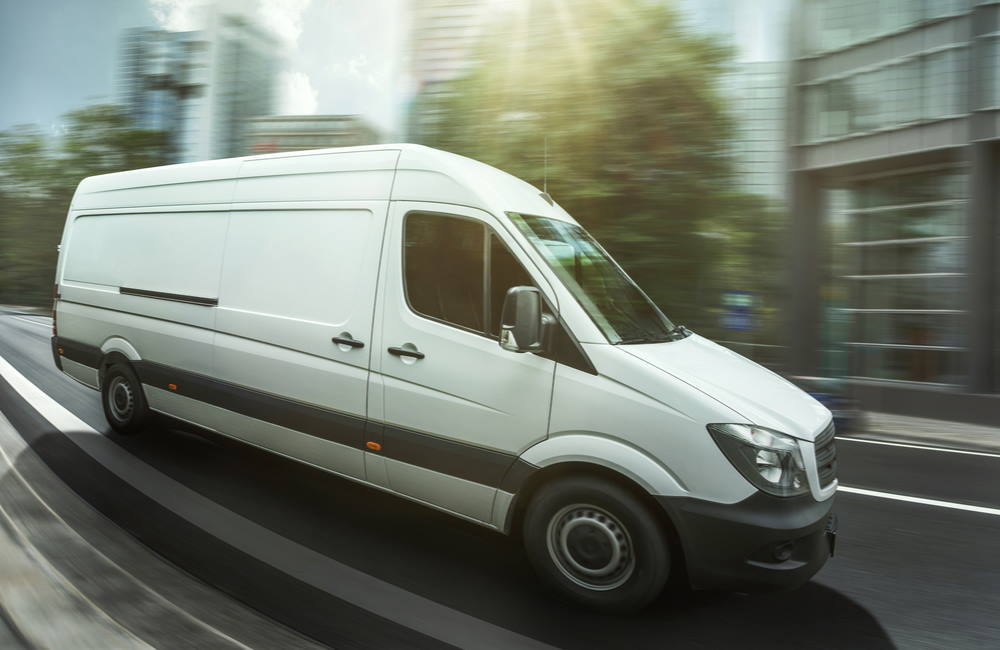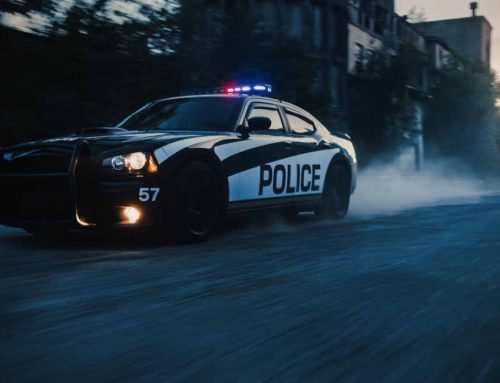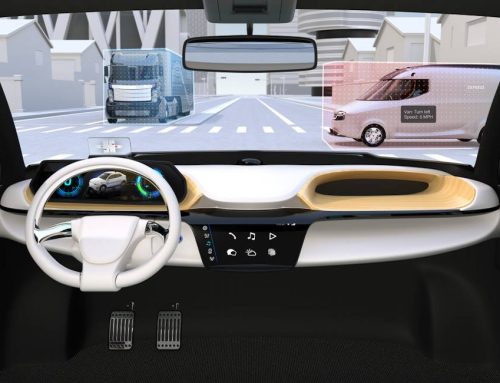Most big pickup and delivery companies own their delivery vehicles. However, some also work with independent contractors who run a fleet of vehicles. At least one – FedEx – has already announced new P&D vehicle safety technology requirements for contractors, including lane departure warning systems, blind spot detection and video event data recorders.
Fleets searching for how to find P&D vehicle compliance solutions can look to experts in intelligent fleet management. Advances in technology have created a variety of options for fleets who need to upgrade the safety features in their vehicles.
Why Safety Tech Requirement Changes Are Happening Now
Businesses always favor new technology that can lower risk, reduce costs and make operations efficient and safer. Vehicle safety technology manages to do all the above. Researchers now have many years of data on the impact of driver safety technologies as they relate to preventing crashes and collisions. Their studies have shown the effectiveness of safety technology in P&D and other types of vehicles.
For example, LexisNexis Risk Solutions reports that vehicles with driver assistance systems showed a 27 percent reduction in bodily injury claim frequency and a 19 percent reduction in property damage frequency.
The National Highway Transportation Safety Administration reports that many of the 36,096 fatalities in 2019 occurred in crashes caused by human error. They write: “Driver assistance technologies hold the potential to reduce traffic crashes and save thousands of lives each year.”
P&D Vehicle Safety Technology Requirements
Some of the systems that P&D companies recently started requiring – or will require in the near future – involve connected devices and software systems designed to lower risk and improve safety.
Lane Departure Warning Systems
Lane departure warning (LDW) systems monitor lane markings and warns drivers when it detects that the vehicle is drifting out of its lane. These alerts are sent only if the driver has not used a turn signal to show he intends to switch lanes. These systems only provide a warning and do not take action.
Blind Spot Detection
These systems alert drivers when it detects another vehicle has moved into a P&D vehicle blind spot. Depending on the size of the vehicle, these blinds spots can be 30 feet behind the vehicle, one lane on the driver’s side and two lanes on the passenger side. Some systems also warn drivers if a cyclist or pedestrian has entered the blind spot on the passenger side when the driver prepares to make a right turn.
VEDR
Video Event Data Recorders (VEDR) retrieve video on-demand from camera systems on a vehicle. Most feature up to 100 hours of DVR and allow for specific searches by dates and times. Some of these systems may offer driver assistance, track compliance and help fleets create personalized driver training programs.
Forward Collision Warning
These systems monitor vehicle speed, as well as the speed of the vehicle directly in front of it and the distance between. If this distance becomes too narrow, the FCW system warns the driver of the possibility of a crash.
These systems make driving a P&D vehicle safer, lowering the risk of an accident. They provide strong return on investment for fleets and drivers, saving the legal and repair costs that come from crashes. As they become requirements for fleets, contacting an expert in the driver safety technology field can provide the first important step toward enjoying the benefits of these devices.










